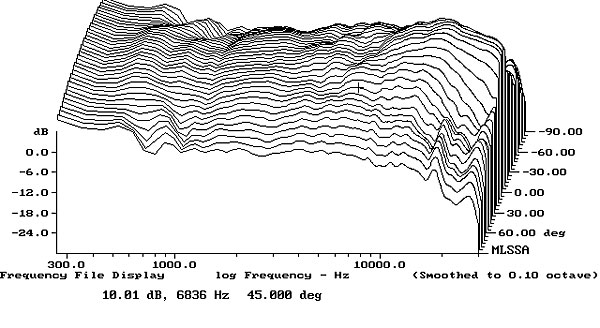Not directly as there are other instruments in music. I am saying from evolutionary point of point, the central cortex would need to be tolerant of human voices have different response vertically than horizontally and filter out that out. Or else the conflict would cause annoyance.
It is a theory.

Fair enough

A couple of points I'd make though:
Firstly, those charts you posted match an upward-tilted coaxial speaker more closely than a non-coaxial. I.e. despite the radiation pattern being asymmetrical, there is no lobing.
And secondly, because our ears are horizontally aligned, we are better at detecting directional cues in the horizontal plane, from which it arguably follows that we are better at distinguishing lateral reflections from direct sound than we are those reflections that arrive from above and below. Given this, it may be the case that coloured up/down reflections are actually more detrimental to perceived tonal balance than coloured lateral reflections, not less.
The findings of Bech (will post link when back home on the laptop) certainly seem to support this.
EDIT: here's the
Bech study.

